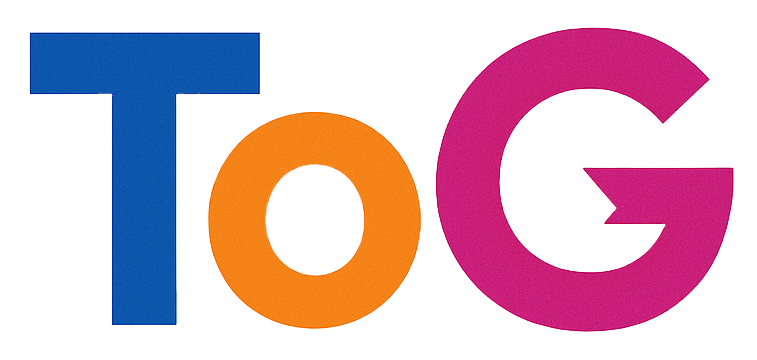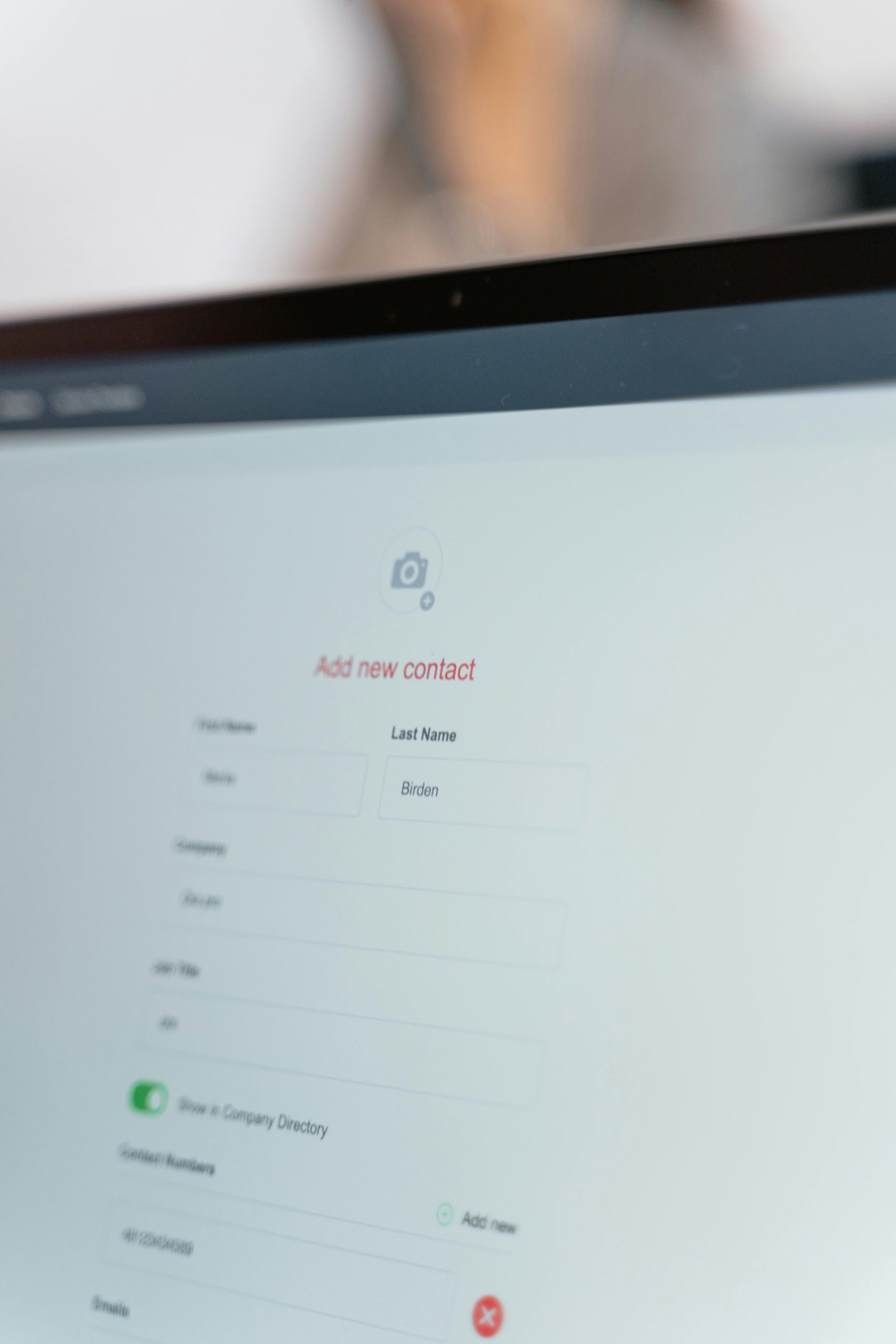Optimizing hreflang Implementation for Multilingual Sites Expanding with Additional Languages: Best Practices and Challenges
Managing a multilingual website involves careful planning, particularly when it comes to implementing hreflang tags to ensure correct regional and language targeting. If your site already supports English and German and is now adding Portuguese to serve audiences in Brazil and Portugal, understanding the nuances of hreflang management becomes even more critical. This article explores common challenges and best practices for handling hreflang tags effectively in such a scenario.
Scenario Overview
Imagine a website fully localized in English (en) and German (de), with each language version accessible via distinct URLs (e.g., example.com/en/, example.com/de/). The site is expanding to include Portuguese (pt) for audiences in Brazil and Portugal, but certain office pages will only be available in English and Portuguese — no German version exists for those specific locations.
Key Questions in Multilingual hreflang Management
-
When users who prefer German land on a Portuguese-only page—whether through internal navigation or search engine results—what is the optimal user experience?
-
Keep them viewing the Portuguese page
-
Automatically redirect them to the English version
-
Present the Portuguese page with an unobtrusive prompt indicating an English version is also available
-
What are best practices for hreflang implementation when managing three languages, especially when some pages lack localized versions?
Implementation Considerations and Best Practices
Site Structure and URL Strategy
- Use separate URLs for each language version, such as:
example.com/en/
example.com/de/
example.com/pt/
- Maintain consistent URL structures across languages for corresponding pages to facilitate accurate hreflang matching.
Canonicalization and hreflang Tags
-
Ensure each page includes a self-referential hreflang tag explicitly indicating its language and regional targeting.
-
All language-specific versions of a page should reference each other reciprocally. For example:
html
<link rel="alternate" hreflang="en" href="https://example.com/en/office-a/" />
<link rel="alternate" hreflang="de" href="https://example.com/de/office-a/" />
<link rel="alternate" hreflang="pt" href="https://example.com/pt/office-a/" />
- Make sure the canonical URL for each page points to itself; avoid conflicting URLs that could cause canonical

